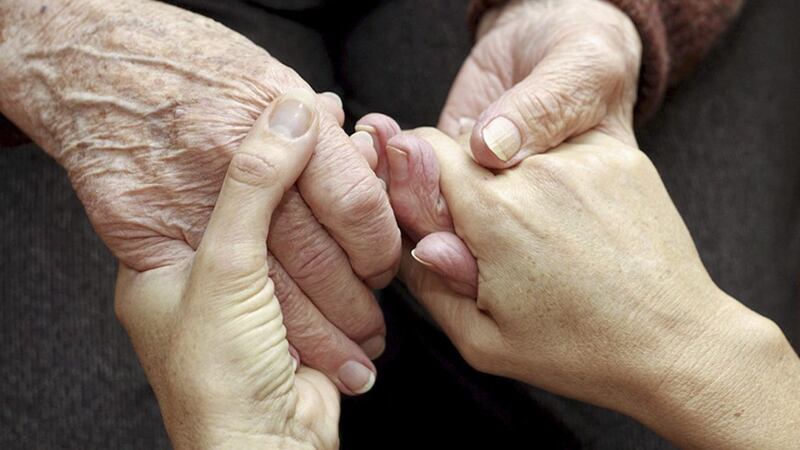WITH lockdown due to last for at least another three weeks there have been questions over why the R rate remains so high in Northern Ireland, while hospital admissions have reduced dramatically.
The R reproduction rate is a key measure of how much COVID-19 is spreading.
Arlene Foster speaking at the daily executive briefing this week said R is currently at around 0.8/0.9 in Northern Ireland.
R is a measure of how many people, on average, will be infected for every one person who has the virus. If R is at one, then one person with Covid-19 will infect one other person.
As long as the R value is below one, the number of daily cases will continue to fall.
British Foreign Secretary Dominic Raab, speaking at the government's daily briefing on Thursday, said the R value in England was between 0.5 and 0.9.
There have been more than 22,000 deaths in England.
Latest figures show there have been 516 coronavirus-related deaths according to the Northern Ireland Statistics and Research Agency (Nisra). It records all Covid-19 related fatalities, where it has been mentioned on the death certificate.
For a second week it showed there were more deaths in care homes with 71 compared to 39 people dying in a hospital setting.
Separately the Department of Health confirmed five more deaths, taking its toll of mostly hospital deaths to 427.
The stark difference in statistics has raised questions as to how the R rate could be so similar in Northern Ireland in comparison to the UK, despite the region having avoided the predicted surge.
Leading Queen's University virologist Dr Lindsay Broadbent, said one of the reasons the R rate for Northern Ireland remains so high is due to the number of care home deaths.
"To do an R number properly you should be counting across society and that includes care homes," she said .
"If we do reduce lockdown measures, those people in care homes are at much greater risk.
"If you were to count R with, and then without care homes, the rate would be very different.
"But remember staff in care homes would be in and out among the general public and not shielding, putting residents at greater risk.
"The English R rate could be down to not testing as much, Northern Ireland are doing more testing.
"But it is not a defined science, so we know so many people are asymptomatic, they are not being tested and could be up to 60 per cent of cases.
"They are not then included so obviously when calculating R they take that into consideration, there is margin of error.
"If we have R close to one then there is no margin of error, we really need to be down to 0.5".
Dr Broadbent said Northern Ireland's low death and hospital admissions rate was largely down to social distancing.
"That is why the NHS haven't been overwhelmed, people took notice when the south introduced measures and that has given us a head start.
"I think because we are an island that has helped. If you look at the spread of cases they are on the east and west. Mid Ulster was largely not affected, that's down to population density and people not travelling to Belfast or Derry.
"In this instance rural living has helped."
The virologist said a further three weeks of lockdown would be a good time-frame to get the R number down to below 0.5, but warned when measures do ease it must start carefully and be monitored.
"We talk about super spreaders but what we should be talking about is super spreader events, so we know Cheltenham caused a peak, so if schools or offices reopen for example we have to watch what that does to the spread," she added.





